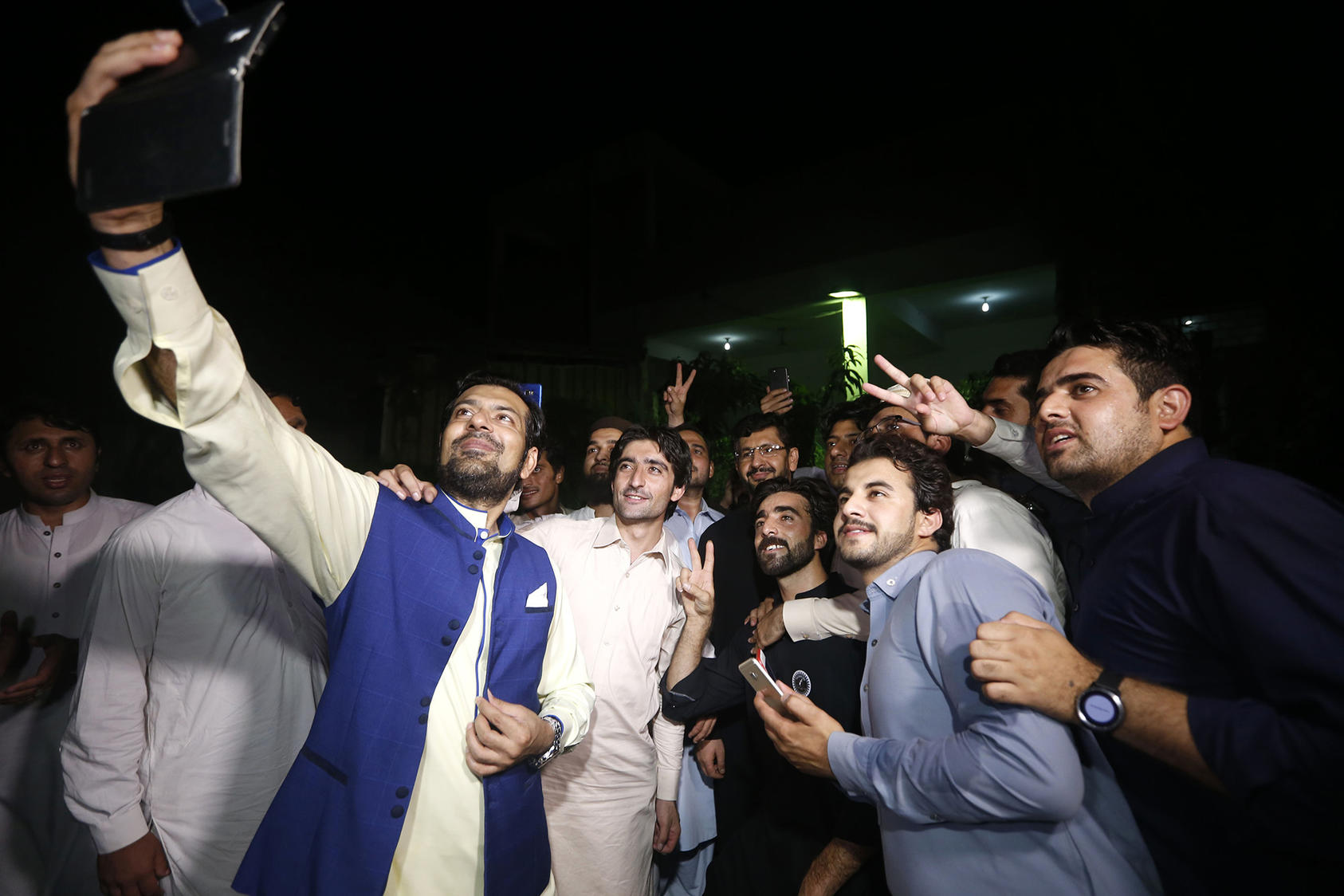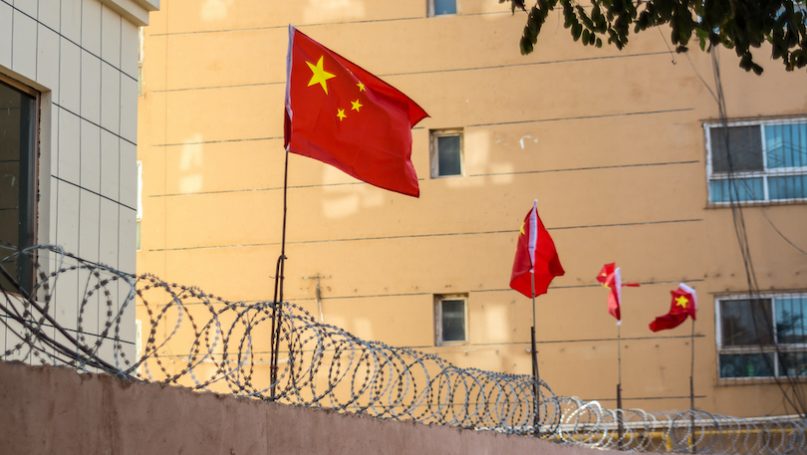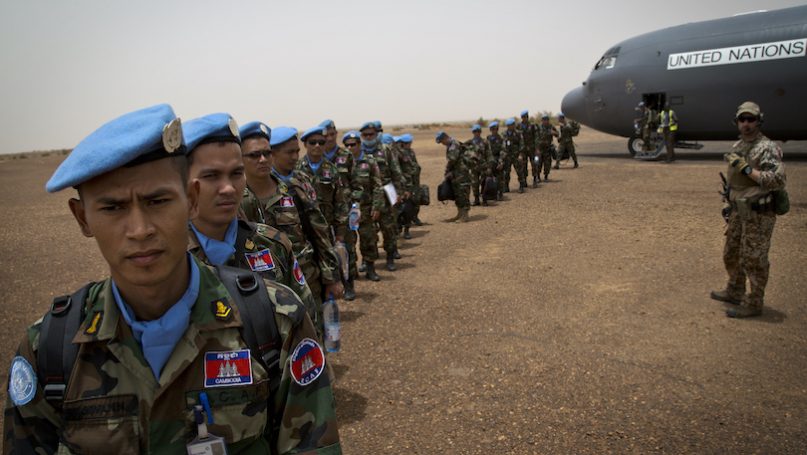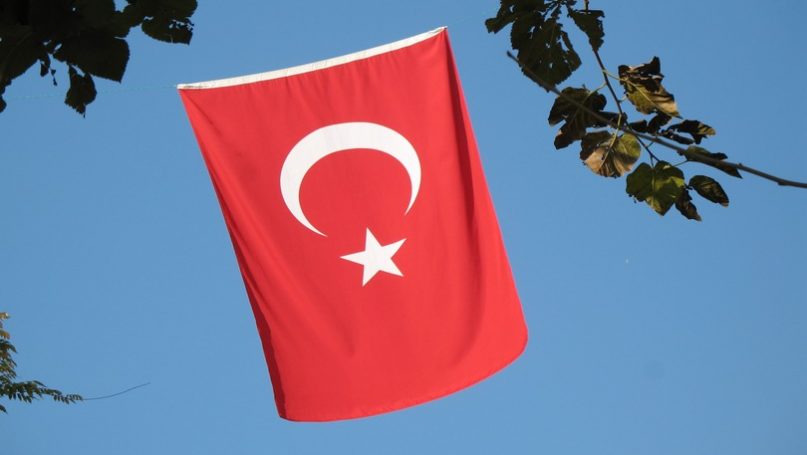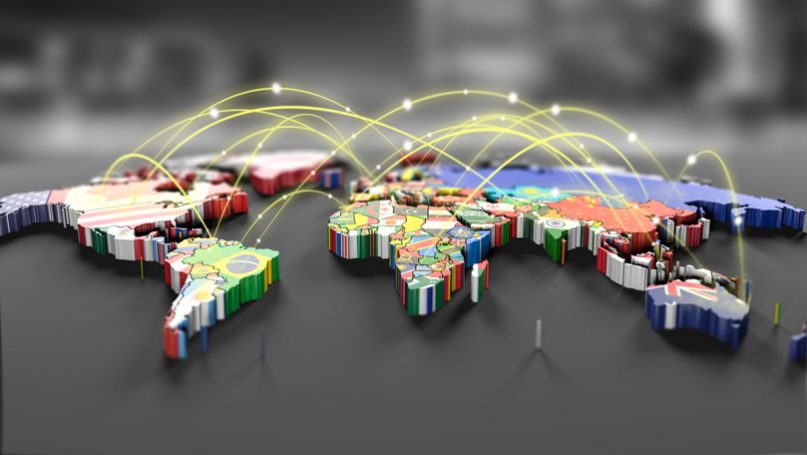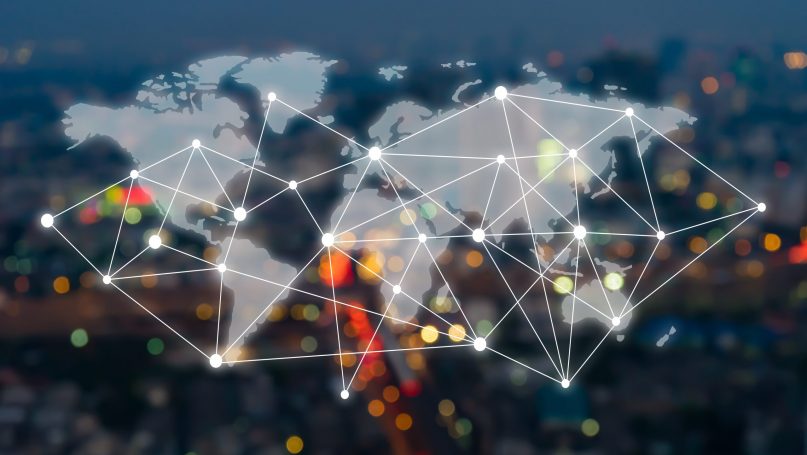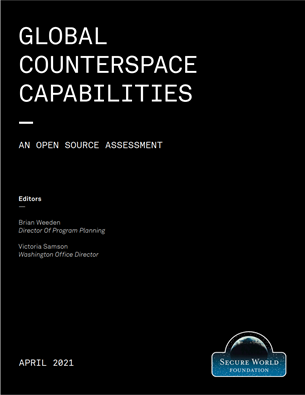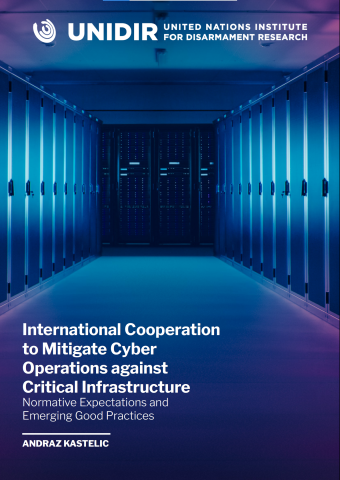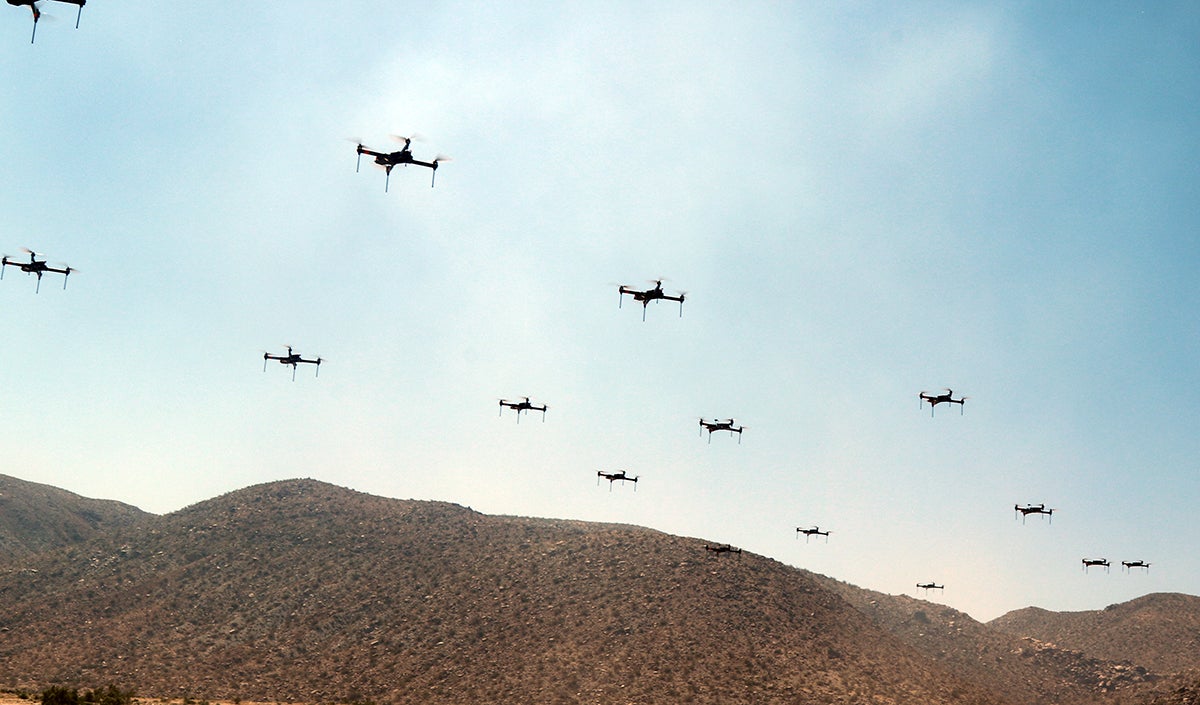Jemma Challenger
This content was originally written for an undergraduate or Master's program. It is published as part of our mission to showcase peer-leading papers written by students during their studies. This work can be used for background reading and research, but should not be cited as an expert source or used in place of scholarly articles/books.
“There was no negotiation. There was no warning […] and bombing our positions was also a very serious political error,” asserted Moussa Ag Acharatoumane, spokesman for Tuareg separatist group, the National Movement for the Liberation of Azawad (MNLA), as he recounted fatal air strikes that targeted the faction in January 2015 (Lewis and Farge, 2015, no pagination). The air strikes were carried out by the United Nations Multidimensional Integrated Stabilization Mission in Mali’s (MINUSMA’s) Dutch AH-64 Apache attack helicopters to quell a rebellion in northern Mali. They elicited violent demonstrations in MNLA strongholds of Kidal and Ber, exacerbating already acute tensions between rebel factions and government forces at a critical juncture immediately preceding the final round of peace talks (Kjeksrud and Vermeij, 2017). Lieutenant-General Babacar Gaye, former Military Advisor for peacekeeping operations, stresses, “It may look like war […] but it is peacekeeping […] we are impartial” (quoted in Rhoads, 2016, p. 1).
The confrontation was no anomaly. It epitomises a ‘new era’ (Peter, 2015, p. 351) of unprecedentedly ‘proactive and robust’ (Boutellis & Zahar, 2017, p. 38) United Nations (UN) ‘stabilisation’ peacekeeping operations (PKOs). These operations are deployed in the midst of intractable asymmetric conflicts, equipped with increasingly sophisticated military apparatus, and authorised to practise offensive force against specified armed elements over an indefinite period of time. Stabilisation operations are increasingly prolific. The titles of four PKOs deployed since the turn of the Century included ‘stabilisation’, and the phrase was cited in almost half of all UNSC meetings by 2014 (Gilder, 2019a).
